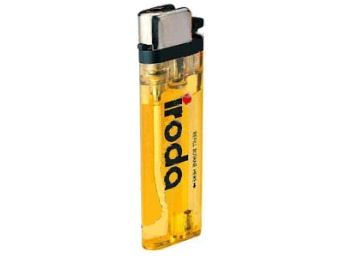Bloodhound Basics – What Hardware/Tools Come with the Bloodhound, and What I Should Provide
This article discusses how the Bloodhound should be packaged when it arrives, what is included in the Bloodhound, and what items you may need to provide (as well as some suggestions on where you might find these items).
WHAT COMES WITH THE BLOODHOUND:
1) First, let’s talk about how the Bloodhound should look when you receive it. It should arrive in a padded suitcase, or similar padded package. In side the padded packaging you will find a largish custom Pelican Case. This is the Bloodhound. Remove it from the case before you wish to use it, and always ship or transport it within this case to protect it.
2) You open the Bloodhound by releasing the two (2) latches on the front of the Pelican Case and lifting the lid. Looking at the inside of the lid of the Bloodhound, you will see a soft pouch with the iBall Instruments logo embossed on it. See the figure below for the location of this pouch:
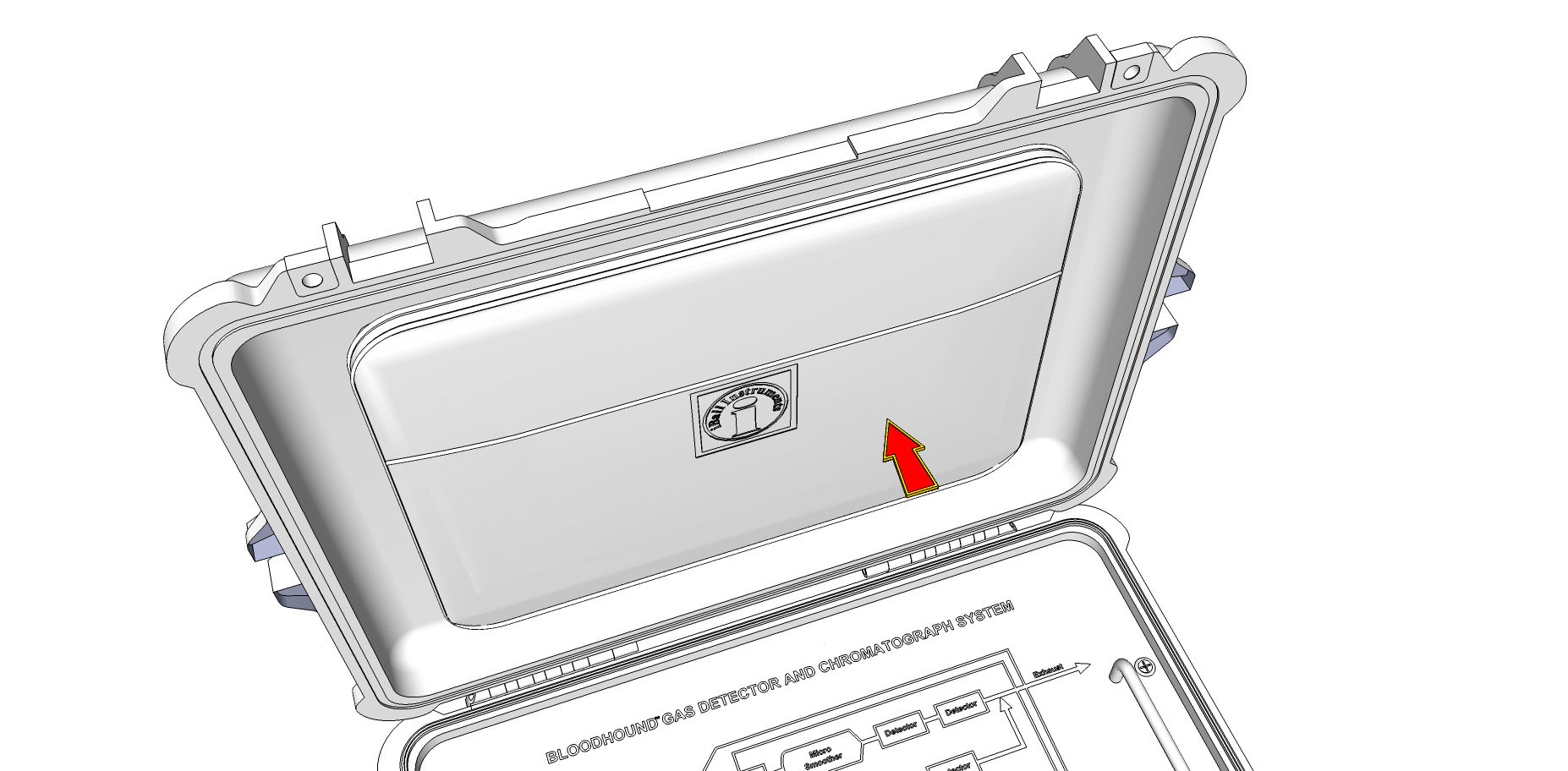
If you open the velcro cover to this pouch and look inside, you should find the following items:
a) A printed copy of the Bloodhound’s User Manual. If you do not have a printed copy of the manual, or you would like to get the latest version of the manual (in case the copy in the pouch is slightly outdated), you can download one directly by going to the iBall Instruments download page on their website,:
b) Two (2) GPRS cellular telephone antennas. These are used if you want to connect your Bloodhound to the Internet using the GPRS Cellular Data Modem that is on-board inside the Bloodhound. One antenna is to be used as the primary, and the second is a spare/backup in case the primary becomes damaged or needs to be replaced for some other reason, including but not limited to troubleshooting purposes. A GPRS Antenna is shown in the figure below:
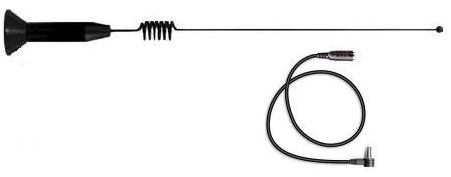
c) A standard 120v A/C Power Cord. Just like the kind you find on modern desktop computers and many other household appliances. This is the main power cord for the Bloodhound. An example of what the ends of this power cord look like is illustrated in the figure below:
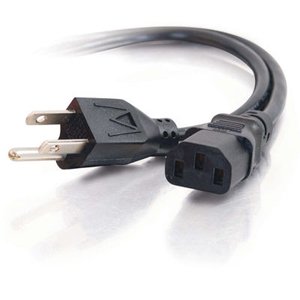
WHAT MAY COME WITH THE BLOODHOUND, BUT IS NOT NECESSARILY PROVIDED:
1) The Air Filter: You may find a filter that looks something similar to the figure below:
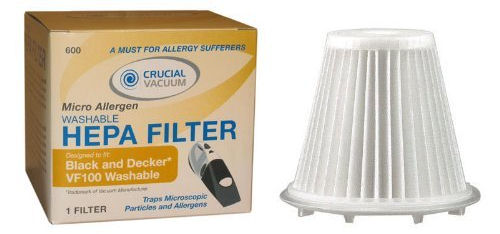
This is the main ventilation filter for the Bloodhound. It is designed to keep dust and other airborne physical contaminants (a.k.a. dirt) out of the Bloodhound. It goes on the Bloodhound’s “Positive Pressure” port. The location of this port is illustrated in the figure below. If you need to replace this filter, it is a standard Dust Buster filter available at most hardware stores and at Wal-Mart. The actual part number iBall uses is the Dust Buster VF100 filter.
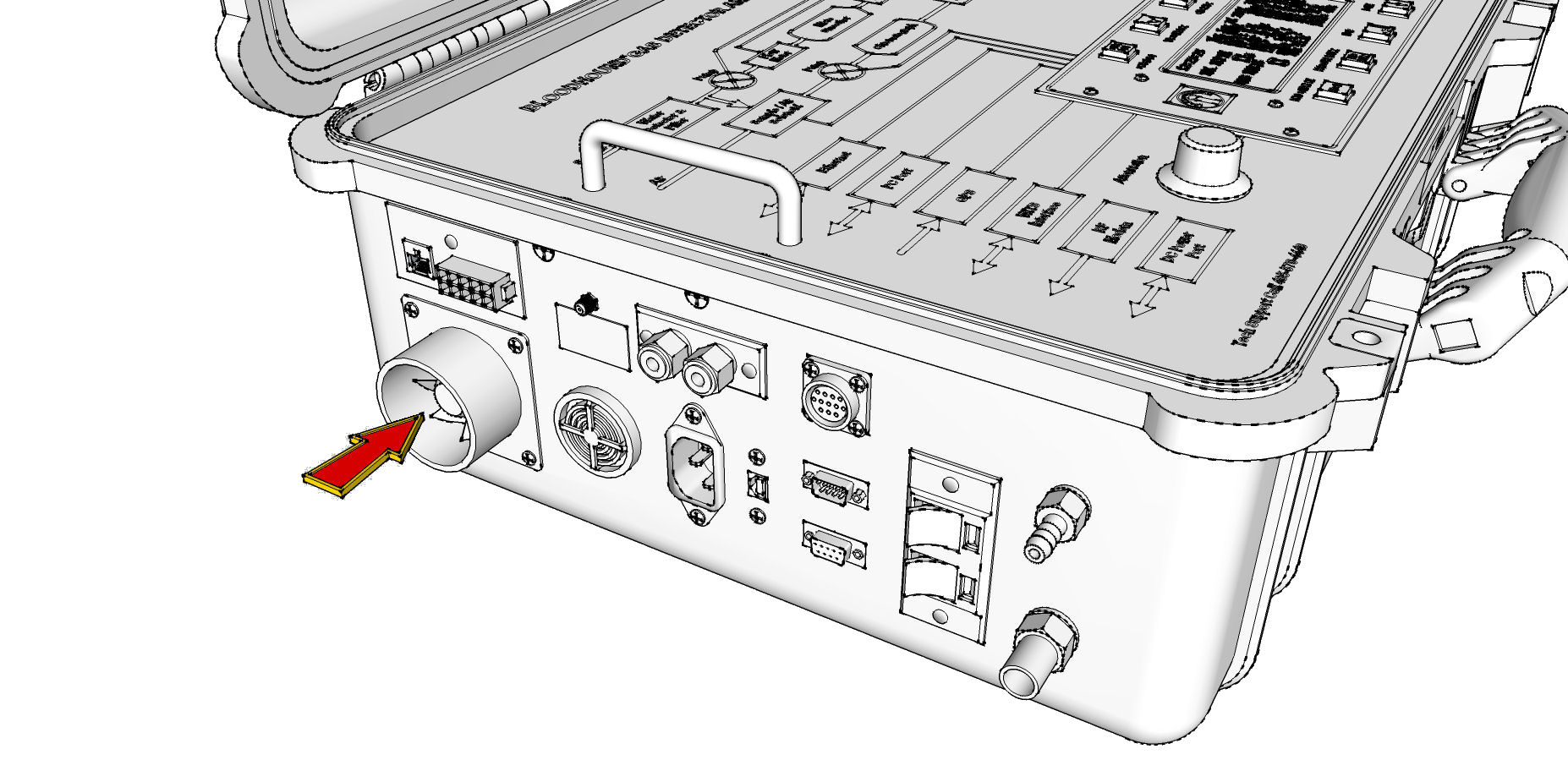
2) The Sample Inlet Filter: You also may find a filter that looks something similar to the figure below in the case:

This is an inlet filter, designed to be connected to the sample inlet line on the Bloodhound. The location of this connection is illustrated in the figure below. This filter is a fairly standard fuel filter and can be found at most auto parts stores. The actual filter iBall uses is the Luberfiner G1/4. Any filter compatible with this filter is acceptable.
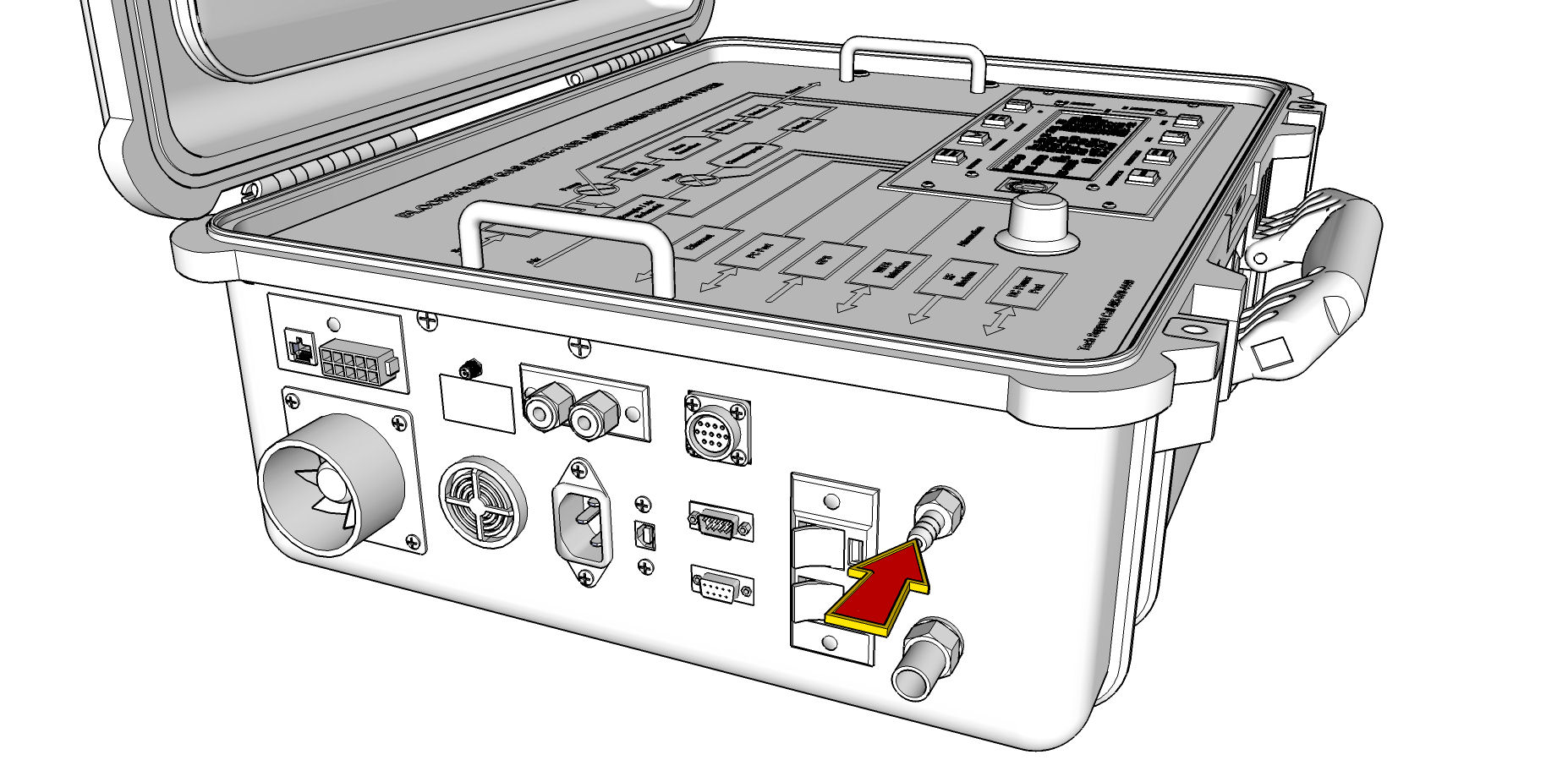
WHAT I (OPTIONALLY) NEED TO PROVIDE:
1) OPTIONAL – USB Printer Cable: The USB Printer cable is a standard cable that can be found anywhere that sells computer printers and peripherals, such as Wal-Mart, Radio Shack, and even many drug stores. You are not *required* to connect an on-site computer to the Bloodhound, but doing so will allow you to run iBall Instruments Gas Chart software which allows the on-site logger to do some of the basic calibrations required (picking peaks), and allows them to form and create LAS export files for various logging softwares. That said, below is a figure of a USB Printer cable:
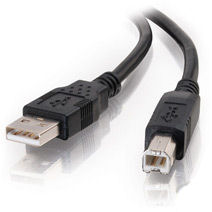
If your on-site computer has a spare USB port, you can connect this cable’s “printer” end to the Bloodhound (the location where you connect it is shown in the figure below) and you can connect the other, flat end to your computer.
NOTE: Only make this connection after you have installed the iBall Bloodhound USB drivers, available from the “Downloads” section at https://iballinst.com/
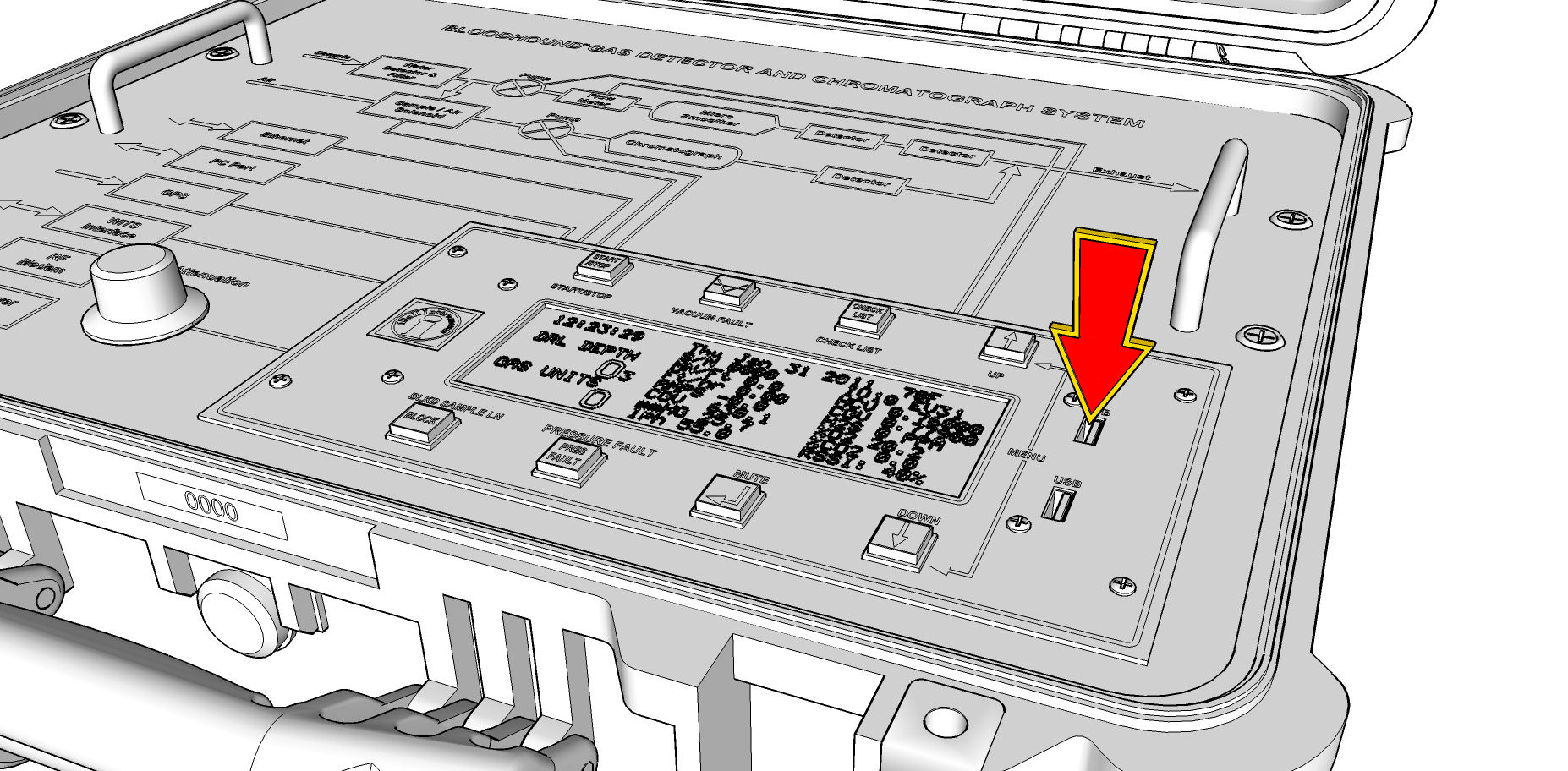
2) OPTIONAL – NULL Modem Cable: The Null Modem Cable is the most common mechanism used to connect the Bloodhound to WITS. NOTE: This is *not* a “Serial Cable”…it is very specifically a NULL Modem cable. An example of what this cable looks like is below:
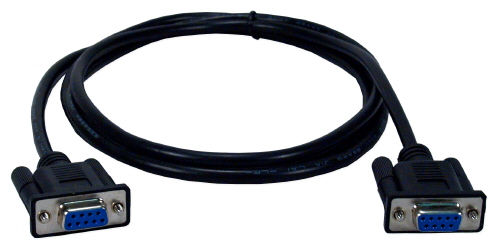
The NULL Modem cable is plugged into the 9-pin WITS connector on the Bloodhound, and on the “Serial Port” on the WITS EDR Computer. The WITS connector on the Bloodhound is identified in the figure below:
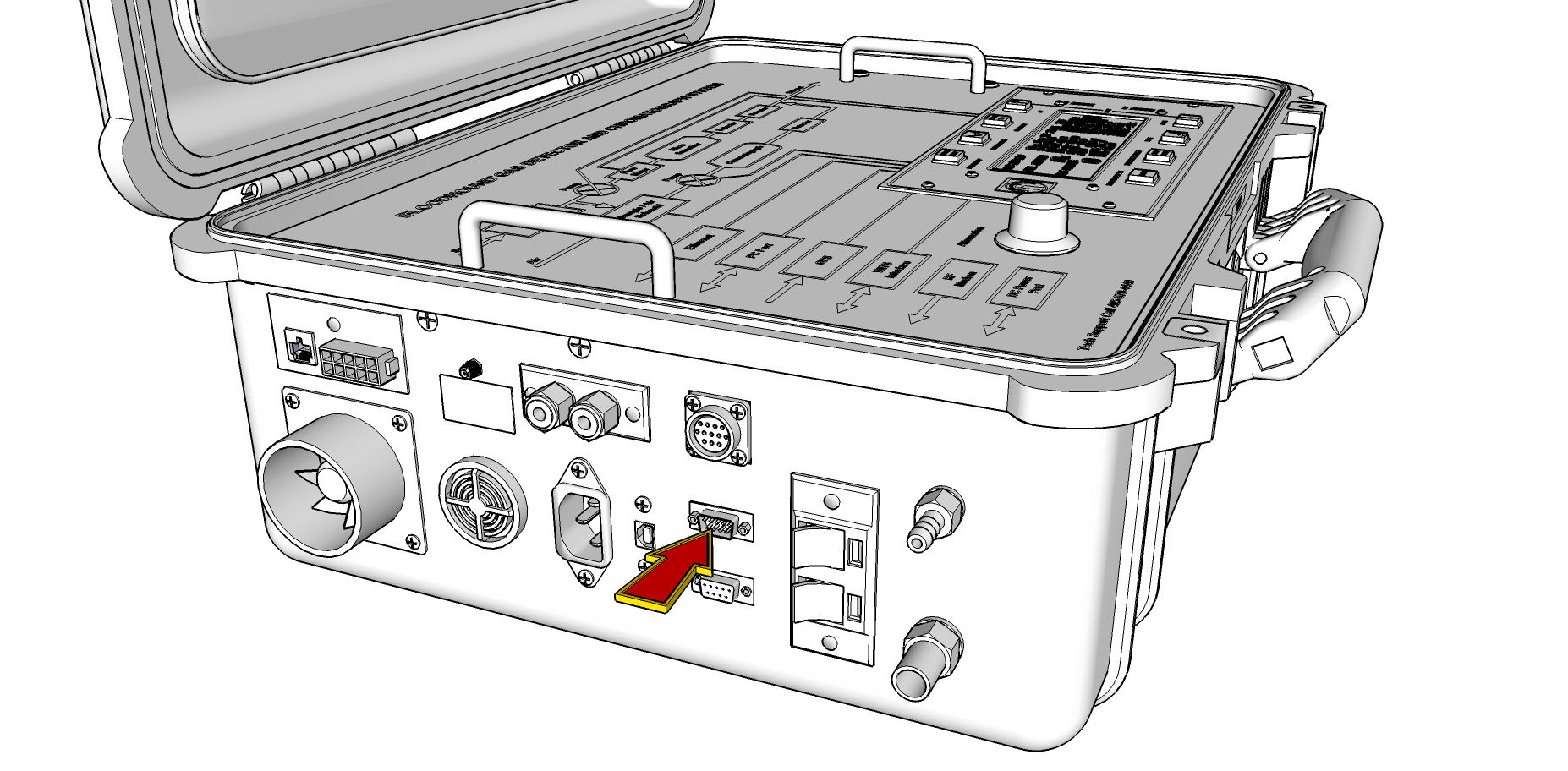
3) OPTIONAL – Pason RS422 WITS Cable: If you have a Pason WITS installation on the drill site, you can optionall use the Pason RS422 “Blue Cable”. Make sure the cable is an “active” WITS cable (contact Pason for this information), and simply plug it into the 3/4-inch round RS422 port on the Bloodhound (identified in the figure below):
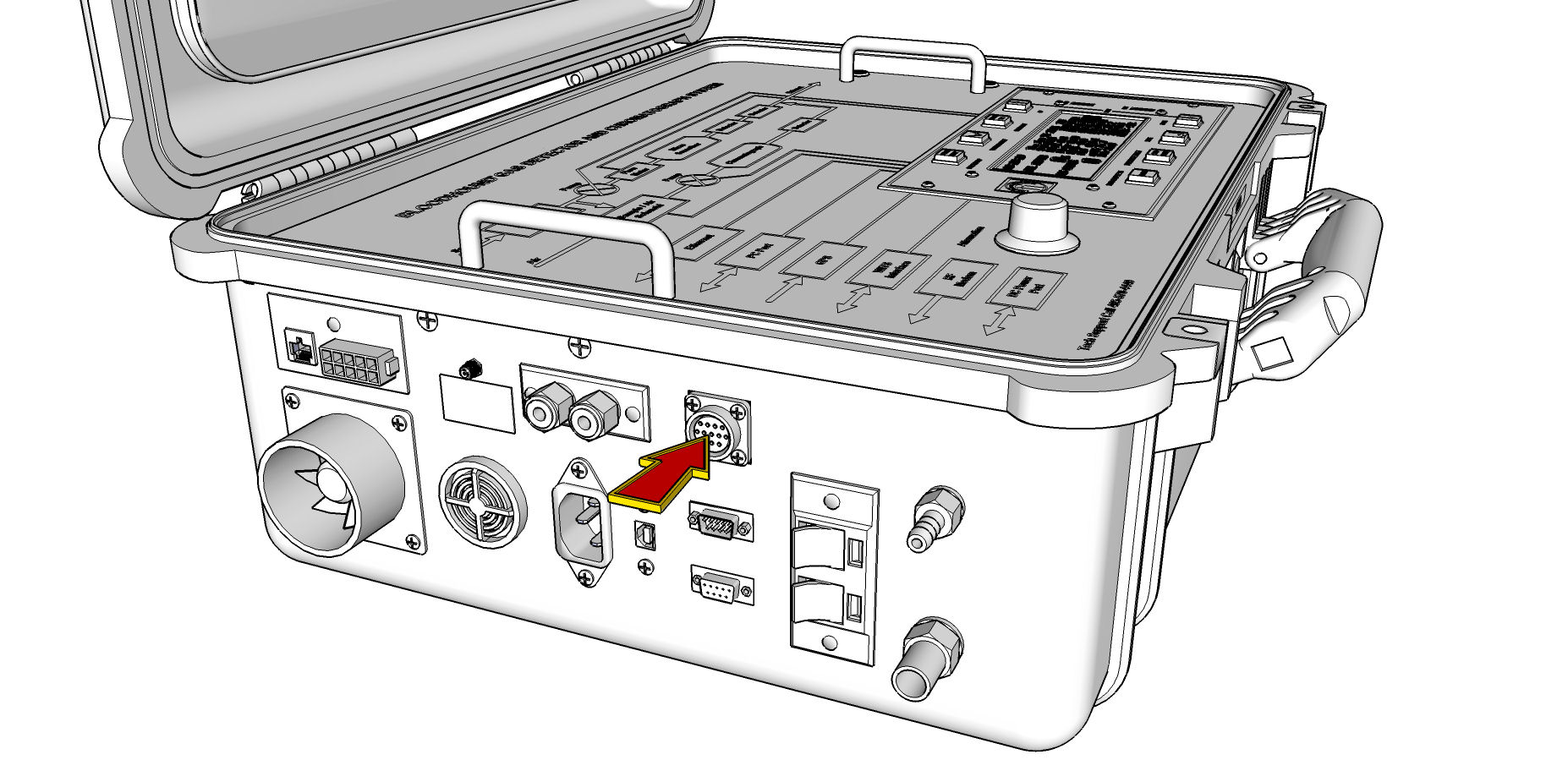
4) OPTIONAL – RJ45 Ethernet Cable: An Ethernet (network) cable can be used to connect the Bloodhound to a Local Area Network (LAN) instead of the GPRS Modem connection which is outlined in 2-b above. An example of an RJ-45 Ethernet cable is shown in the figure below:
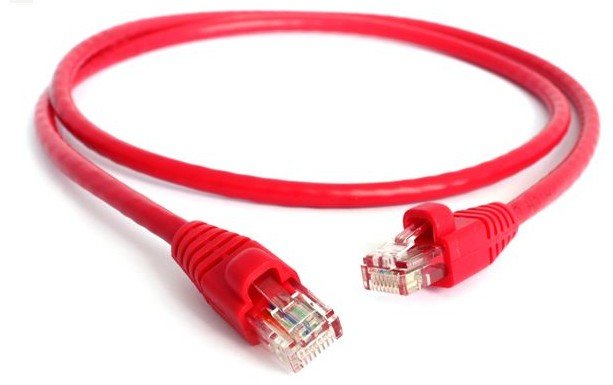
If you have a functional LAN, you can plug the Ethernet cable into the Bloodhound’s network port (shown in the figure below) and the other end into a
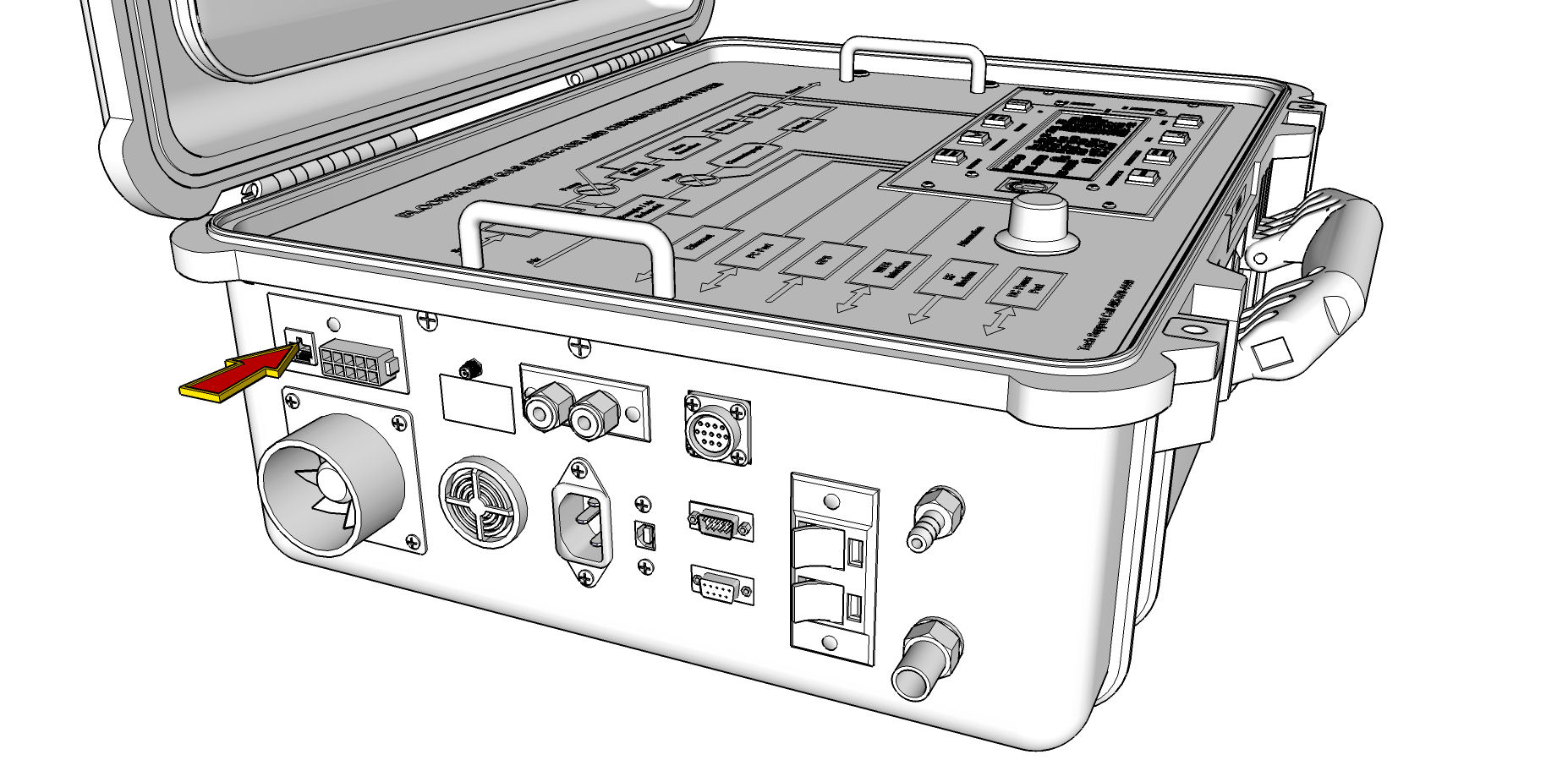
5) OPTIONAL – Power Cable for DC Cavitator: If you have the iBall Instruments DC Cavitator you can connect this to the Bloodhound’s 12-Volt DC output terminals (illustrated in the figure below) to drive power to the unit. The DC Output on the Bloodhound is limited to 10 Amperes (Amps) so your cable should be fit to handle 12VDC/10A and should be insulated significantly enough to keep from shorting out. It goes without saying that this cable should be free of damage and defects, and the fewer connections made the better. The cable recommended by iBall Instruments is 10-gauge low-voltage outdoor lighting cable. It is manufactured by a number of suppliers, including Malibu Lighting and is available at most garden centers, and many of the larger hardware/home supply stores (such as Home Depot, Lowe’s, or even Wal- Mart).
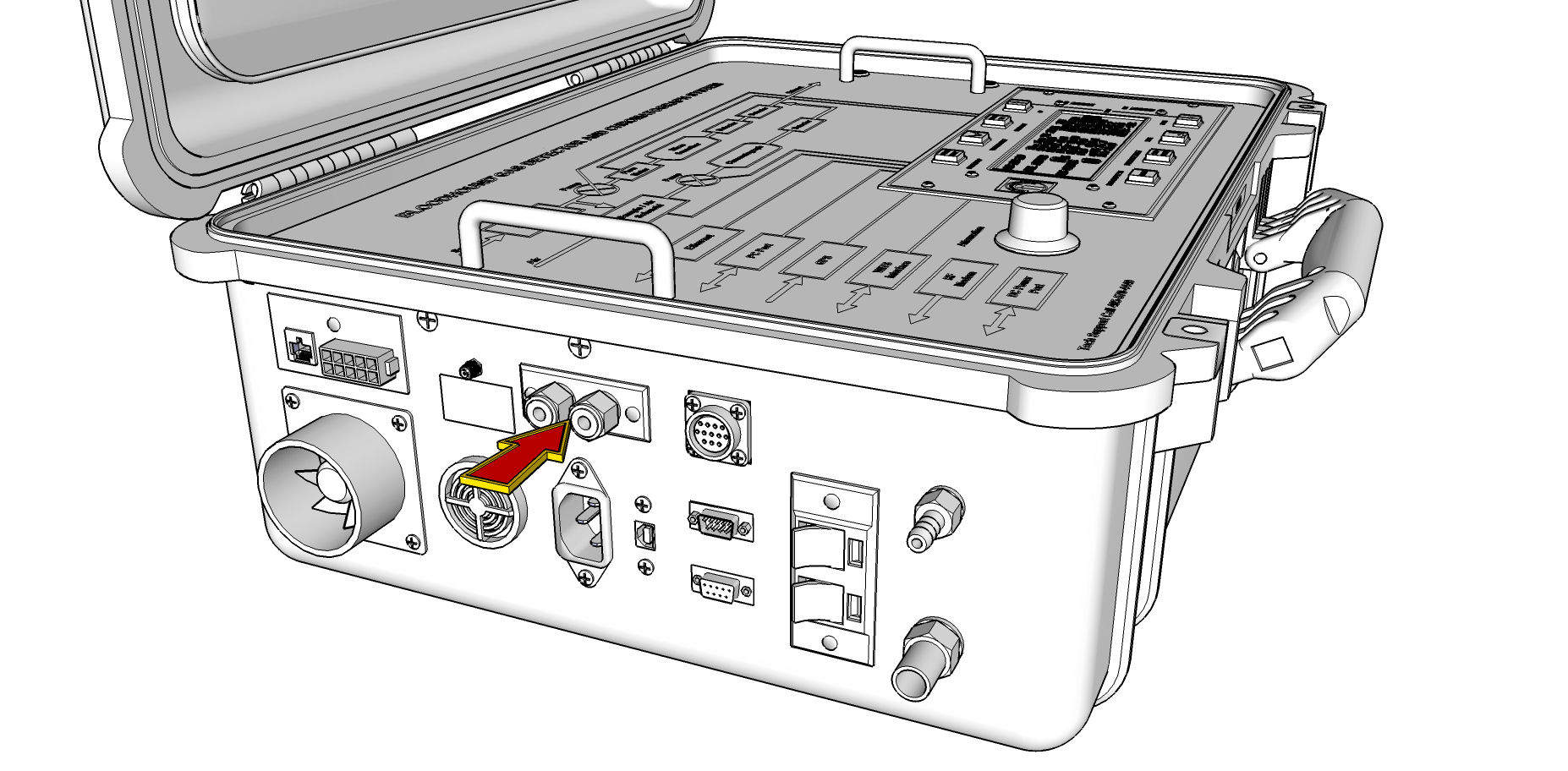
6) OPTIONAL – Geolograph connection: If you are using a Geolograph on the well instead of a WITS system, you can connect your geolograph closer leads to the “speaker wire” ports on the Bloodhound as illustrated in the figure below. Whenever a connection is made across the closer, the Bloodhound will increment by whatever number of feet you have set on the unit (by default, this is one (1) foot). NOTE: The closer has a “debounce timer”, which is an amount of time that the Bloodhound will *not* allow another contact closure to be made before it will accept another closure. By default, this is set to 10 seconds.
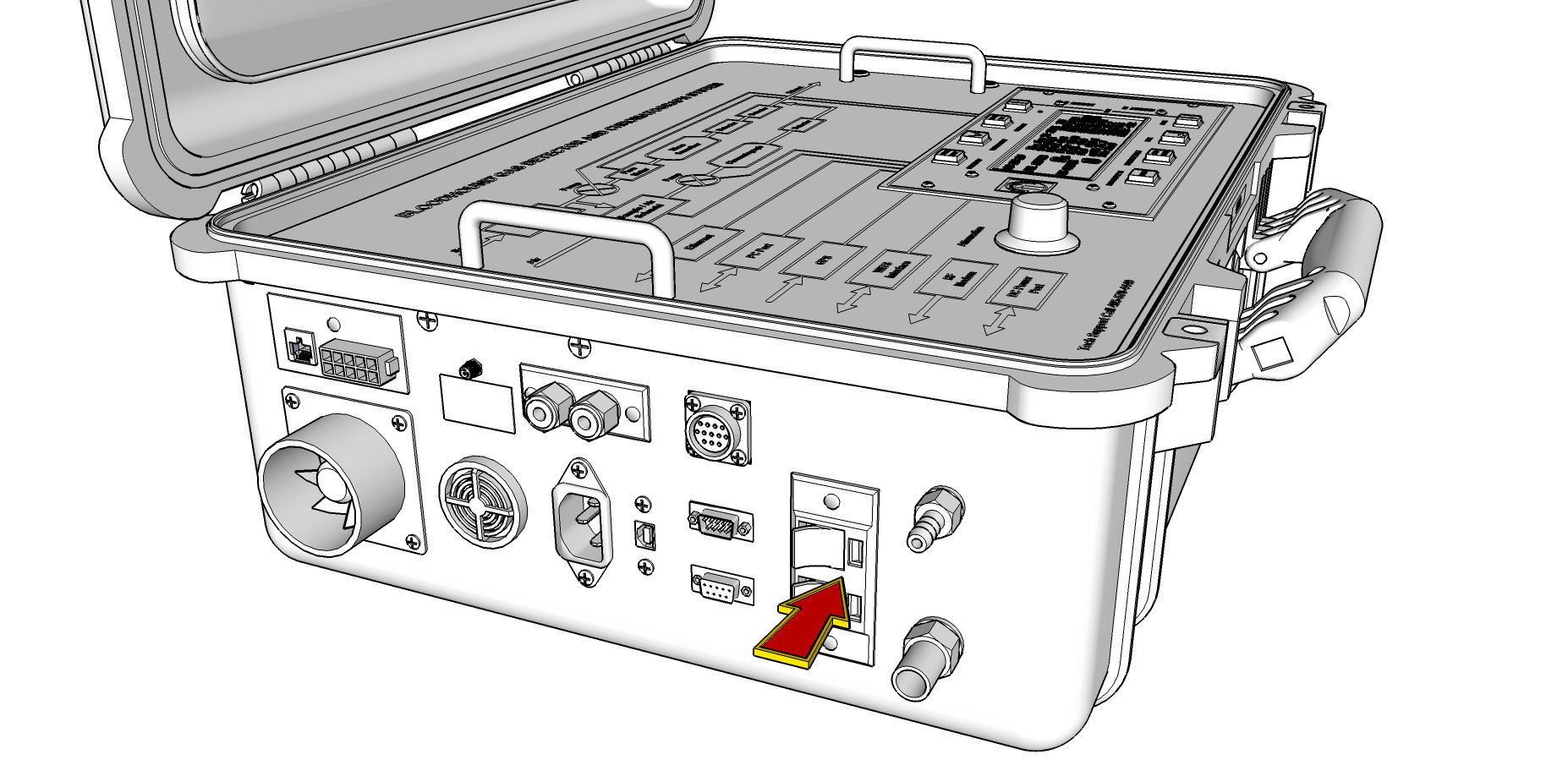
RECOMMENDED ON-SITE TOOLS:
1) A Phillips-head screwdriver: For removal of the top/face plate of the Bloodhound in the event that you need to replace a pump, or otherwise examine the internal plumbing, electrical connections, or other components on the inside of the Bloodhound at the request of the Bloodhound support team.

2) A working (can be lit, clearly has gas inside) butane lighter: Used for simple on-site tests involving the injection of butane from a lighter into the Bloodhound’s inlet (or anywhere along the sample line). Very useful in troubleshooting leaks or blockages in the sample line as well.
